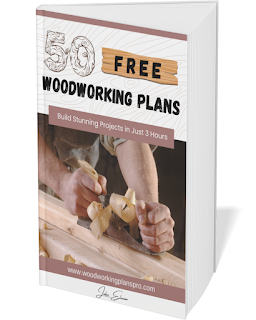How to Read and Understand Woodworking Plans Like a Pro
How to Read and Understand Woodworking Plans
Like a Pro
Woodworking plans are the blueprint to creating beautiful, functional projects. But if you’re new to woodworking, they can seem overwhelming at first. Don’t worry – with a little guidance, you’ll be reading and understanding woodworking plans like a pro in no time! Whether you’re building a simple shelf or a intricate piece of furniture, this guide will walk you through the essentials. Plus, don’t miss out on our free guide and 50 Free Woodworking Plans to kickstart your woodworking journey!
What Are Woodworking Plans?
Woodworking plans are detailed instructions that include measurements, materials, and step-by-step directions to help you build a project. They often include diagrams, cut lists, and tool requirements to ensure your project turns out perfectly.
Step 1: Familiarize Yourself with the Layout
Title and Overview: Start by reading the title and project description. This gives you a clear idea of what you’ll be building.
Materials List: Check the list of materials and tools required. Make sure you have everything before you start.
Cut List: This section provides the dimensions for each piece of wood you’ll need. Double-check measurements to avoid mistakes.
Step 2: Understand the Diagrams
2D and 3D Views: Most plans include both 2D (flat) and 3D (perspective) diagrams. These help you visualize how the pieces fit together.
Labels and Symbols: Pay attention to labels, arrows, and symbols. They often indicate measurements, joinery methods, or assembly steps.
Step 3: Follow the Step-by-Step Instructions
Assembly Order: Plans typically list steps in the order they should be completed. Follow them carefully to avoid confusion.
Tips and Notes: Look for additional tips or warnings in the instructions. These can save you time and prevent errors.
Step 4: Double-Check Measurements
Measure twice, cut once! Always verify dimensions before making any cuts.
Use a pencil to mark your measurements clearly on the wood.
Step 5: Practice Makes Perfect
Start with simple projects to build your confidence.
As you gain experience, you’ll find it easier to interpret more complex plans.
Master Woodworking Plans Today!
Ready to take your woodworking skills to the next level? Download our free guide and get access to 50 Free Woodworking Plans designed for beginners and pros alike. From shelves to tables, these plans will help you create stunning projects with ease.
Download Your Free Guide and 50 Free Woodworking Plans Now!
Happy woodworking! 🛠️


.png)

.png)


Comments
Post a Comment
Do not spam comments